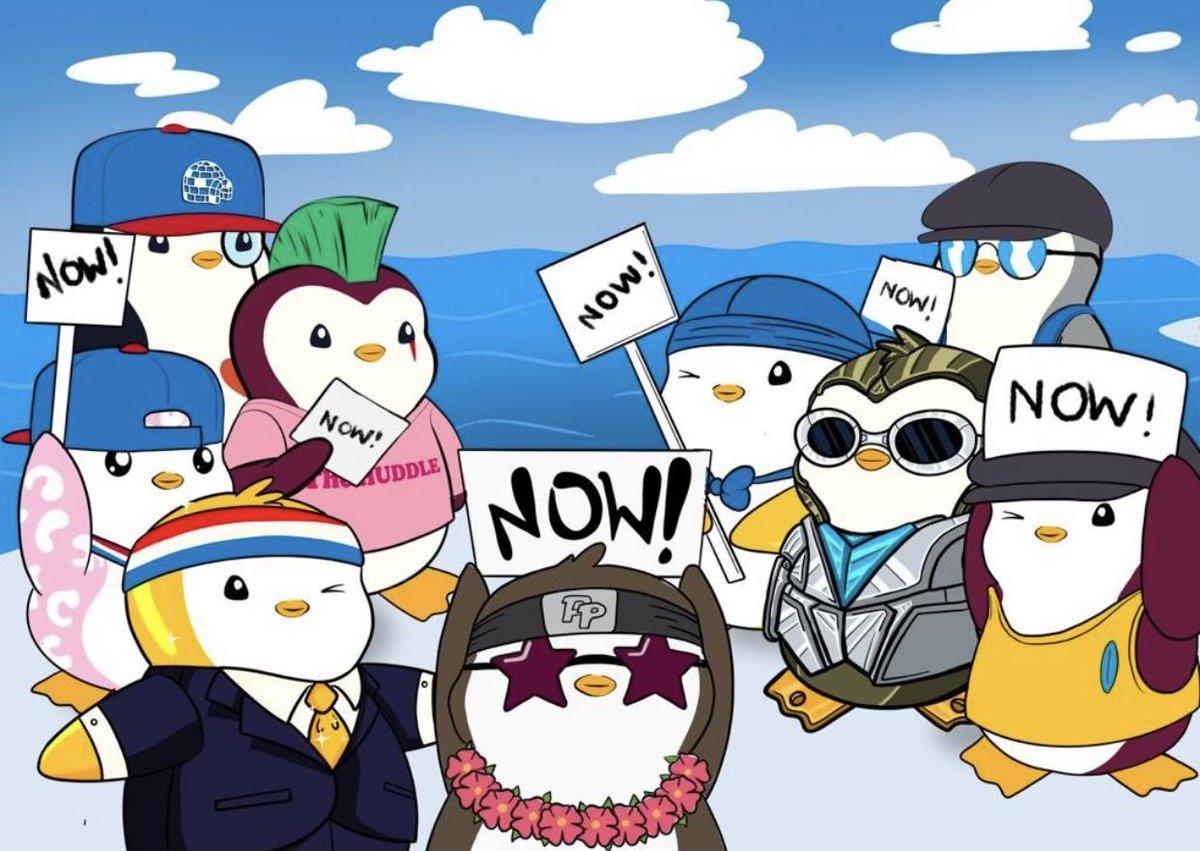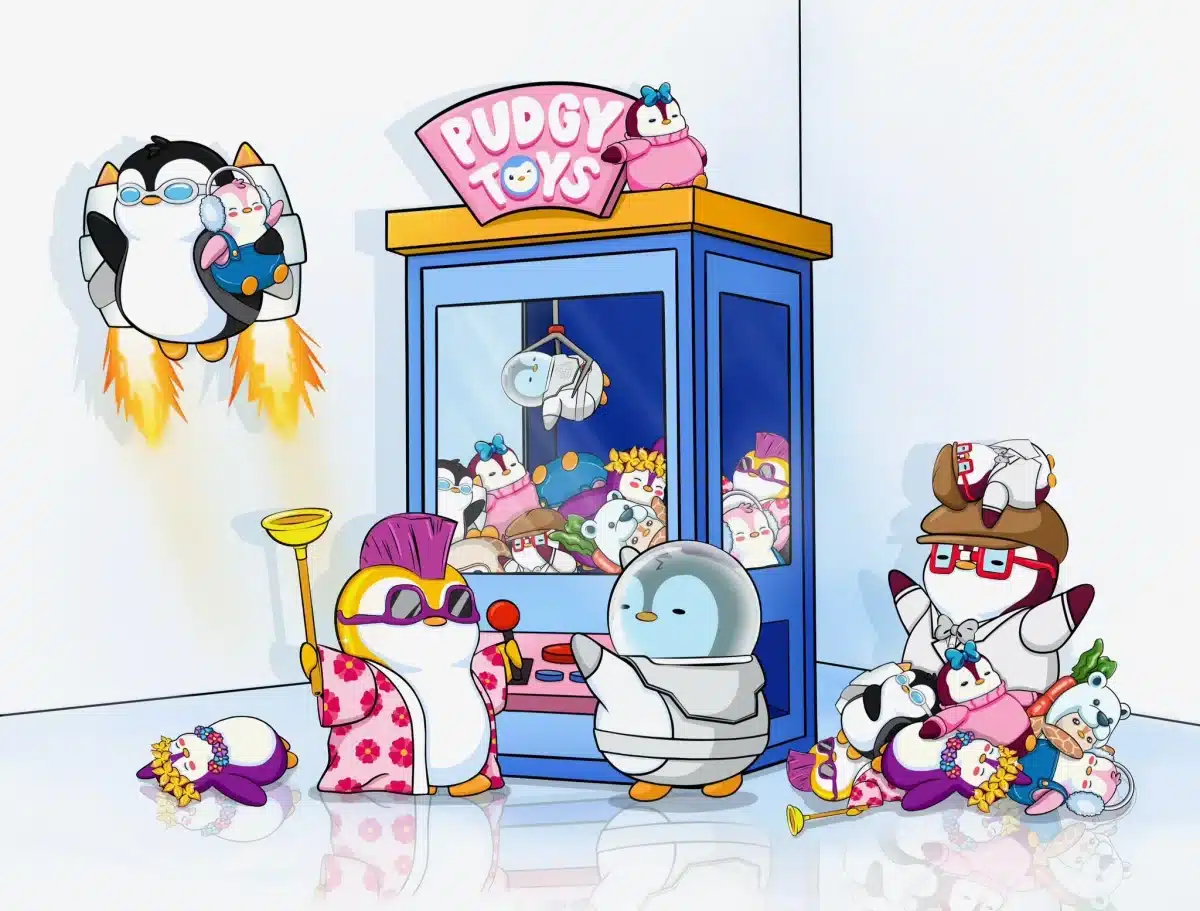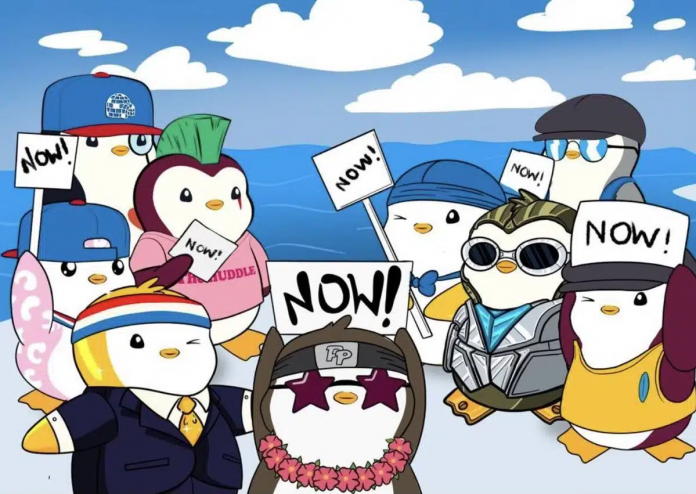Those who have been around the NFT space long enough would remember the Pudgy Penguins NFT collection as one of the earliest blue chips. During its launch in mid-2021, the collection quickly stormed sales charts, making waves in the NFT space as the new favourite animal cartoon-themed PFP NFT project. NFT influencers supported the penguin avatars, celebrities wanted them, and even The New York Times featured them. Needless to say, all the attention meant that some of the NFTs sold for hundreds of thousands of dollars.

Cut to 2022, however, the Pudgy Penguin NFT project took a turn for the worst amid rug pull accusations against its founder. This was followed by a new leadership taking over the project in a $2.5 million deal. Admittedly, while some wrote off the project as a rugpull, others questioned its future. Yet, in what is perhaps “the greatest comeback story”, Pudgy Penguins’ new leadership turned its future around. Despite the bear market, the project’s sales shot up in August 2022. One NFT even sold for 400 ETH (about $600,000 at the time).
So, how did things go wrong with the Pudgy Penguins NFT project? More importantly, how did the project make a phenomenal comeback?
This is the story of the Pudgy Penguins NFT project: The Good, the Bad and the Ugly.
What is the Pudgy Penguins NFT?
Launched in July 2021, Pudgy Penguins is a collection of 8,888 penguin avatar NFTs on the Ethereum blockchain. The collection sold out in barely 19 minutes, making the penguin avatars an instant hit. At the time, some of the rare NFTs in the collection fetched as high as $463,500. What’s more, celebrities like NBA All-Star, Steph Curry and Canadian rapper, Tory Lanez are among its collectors.
Currently, the project has raked in over 64,000 ETH or roughly $81 million in sales (at the time of writing). Besides, its floor price is 2.34 ETH.
Who Created the Pudgy Penguins NFT?
The original creators of the Pudgy Penguins NFT project include Clayton Patterson (aka “mrtubby”), Mickyj, Jonah, and Cole Villemain (aka ColeTherium)—most of them college students. One of the major reasons for the project’s initial success was the many promises the founding team made. From a native token to a children’s book and a metaverse game, the roadmap was quite tempting. Unfortunately, the founders not only failed to deliver on the many promises, but allegedly tried to empty the project funds for themselves.
The collapse: Rug pull accusations against Pudgy Penguins Founders
Pudgy Penguins NFT project’s downfall started in December, 2021 when its community moderator, Darth publicly exited the project, calling out the founders for their “unprofessional” behaviour. Allegedly, he was promoted to the role of community manager without the two agreeing on job terms. Cole even allegedly offered Darth 1 ETH to keep quiet about the incident. To be sure, Cole has previously been associated with several projects that rug pulled.
Later the next month, NFT influencer, 9x9x9 alleged that the Pudgy Penguin founders were trying to sell the project after taking all the money from the project. Additionally, they claimed to have rejected an offer to buy the project for 888 ETH. Disappointed, many of the Pudgy Penguin holders cancelled the project’s founders.

New Leadership to the Rescue
Despite the controversies, some community members came forward to rescue the project. In April, a group led by Pudgy Penguins holder and Los Angeles-based entrepreneur, Luca Schnetzler bought the project for a whopping 750 ETH (around $2.5 million). This in itself led to an increase in NFT sales from the collection. In fact, its floor price rose to 2.5 ETH after dropping as low as 0.7 ETH weeks before.
“Everything is aligned to make this one of the most prevalent projects of all time,” Schnetzler told Coindesk after the deal. He added that he plans to turn the project into “a brand that’s known both in and outside of the NFT world.”
For the most part, Schnetzler’s vision for Pudgy Penguins NFT is bearing fruit. Months after the acquisition, things are looking up in the penguin world—or “The Huddle”, as they call it. For example, in July, the project dropped its first soulbound token for plush physical collectibles. It has since released a range of other soulbound tokens.
Meanwhile, in August, the project’s sales shot up significantly after the team announced the Pudgy Toys lineup. Following the announcement, the sales went up 370% compared to the previous day. Moreover, in the same month, the rarest NFT in the collection sold for around $600,000.

The Future of Pudgy Penguins NFT Collection
In September, Pudgy Penguins announced its partnership with leading children’s toys maker, PMI Toys to release physical versions of Lil Pudgys. This sub-collection of 22,222 NFTs launched in December 2021. Just weeks before, the project had announced its physical toy collection, Pudgy Plushies. Notably, all the physical toys are officially licensed by the project’s community.
“These collectibles, alongside our Pudgy Plushies, are only a sneak peek of the diverse line of toys included in our collection,” Pudgy Penguins tweeted at the time. “As we continue to bring the Pudgy Penguins to life, we are ecstatic to be at the forefront of IP utilization in Web3.”
Besides, the project’s recent activations include the Pudgy Penguins Meme Maker—an easy way for anyone to give a Pudgy Penguin twist to popular memes. Additionally, Pudgy Penguins will be present at the upcoming Art Basel Miami on December 1. More recently, the project announced the Pengu Princess soulbound token to honour its sub-communities focusing on Web3 female empowerment.
With a focus on innovation, initiatives to connect the Web2 and Web3 worlds, and community-building, Pudgy Penguins NFT has certainly risen from the ashes. After a tough few months, the future looks bright for these adorable cartoon avatars. All things considered, Pudgy Penguins offers a hopeful lesson for NFT projects struggling to succeed in the space.
Source NFT evening

